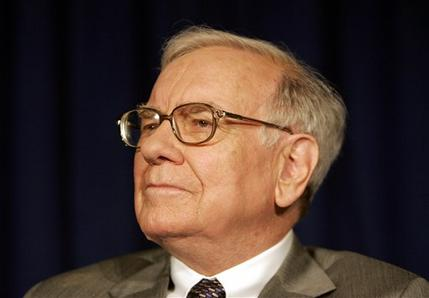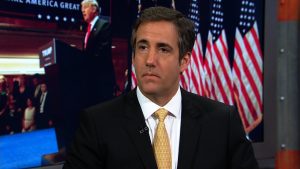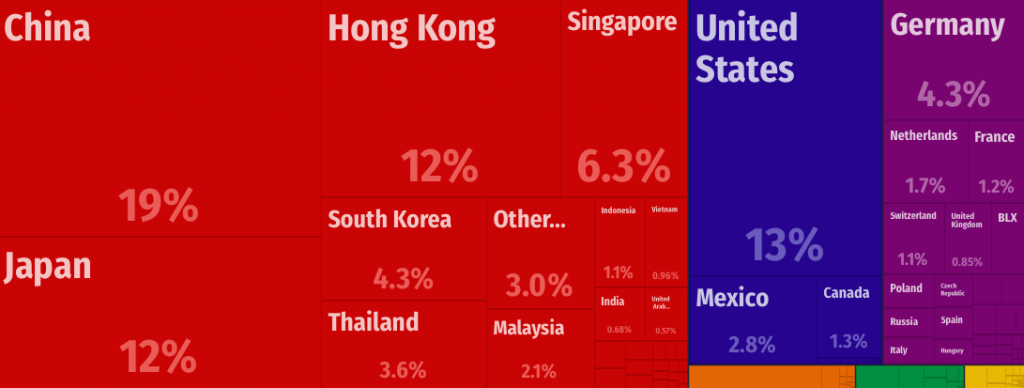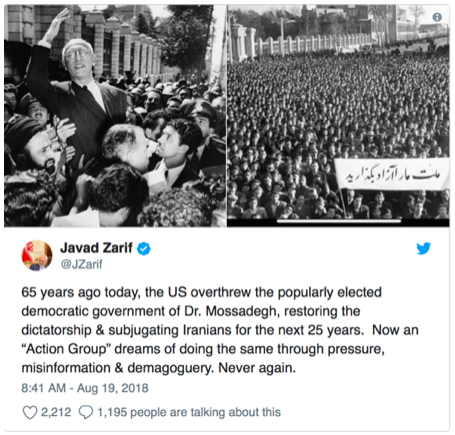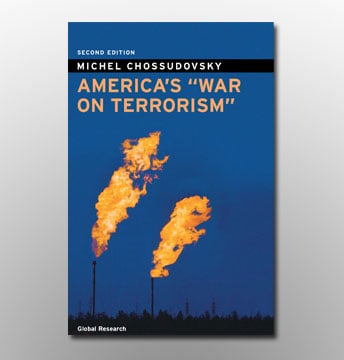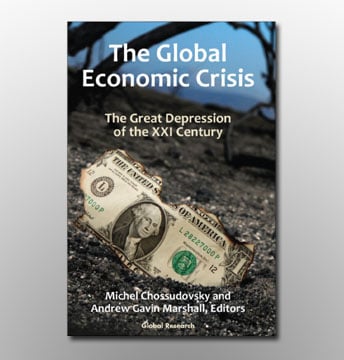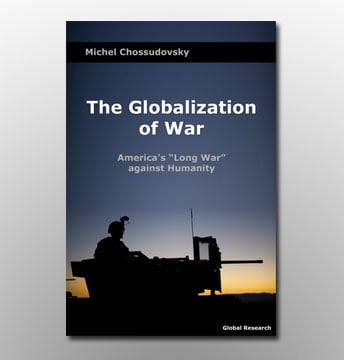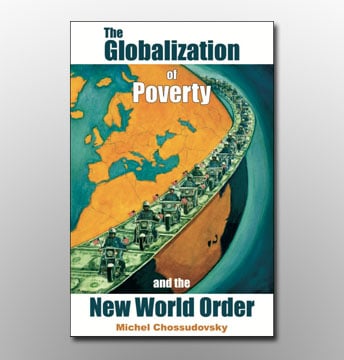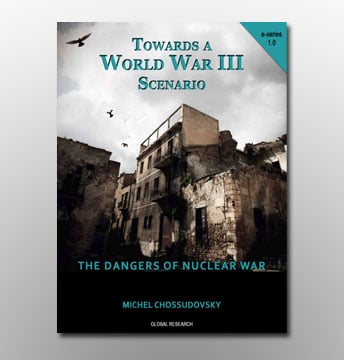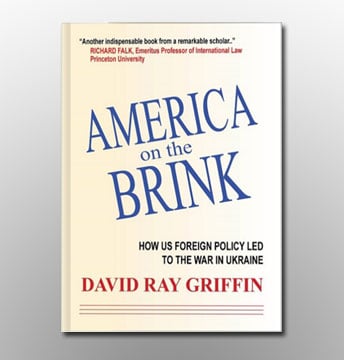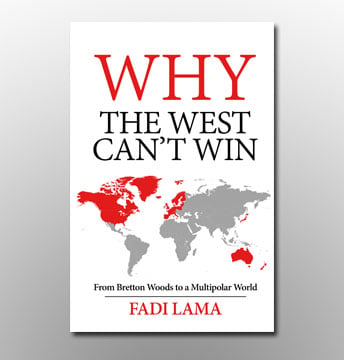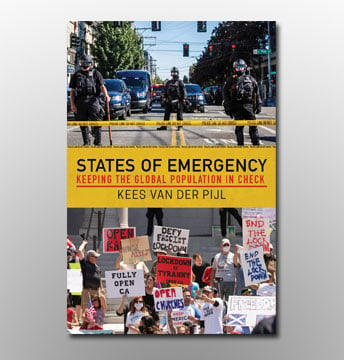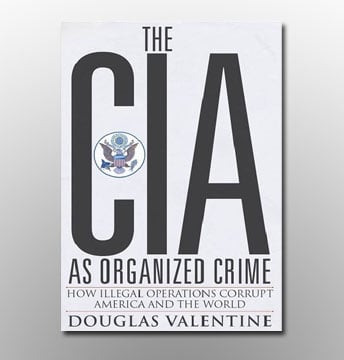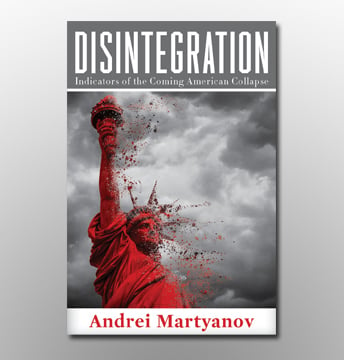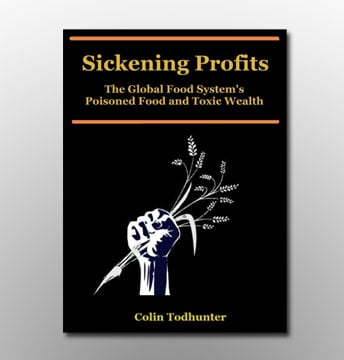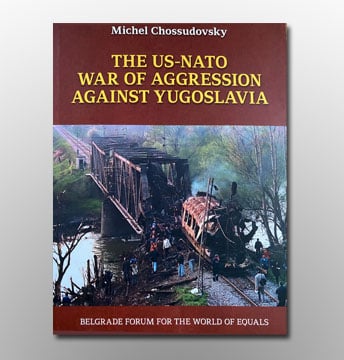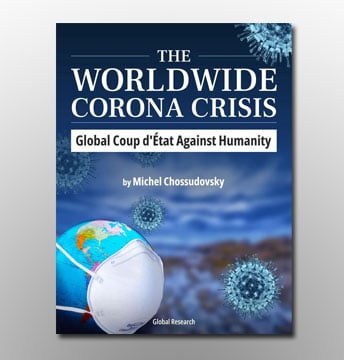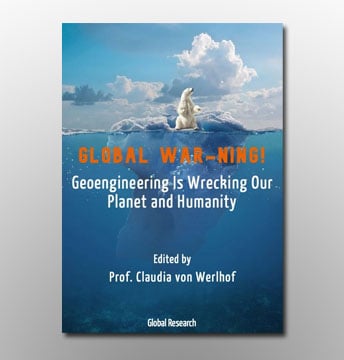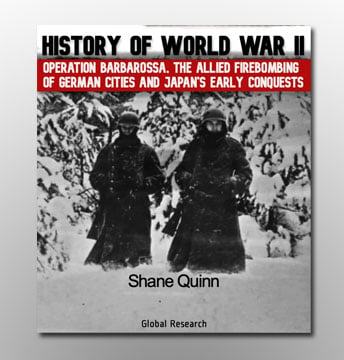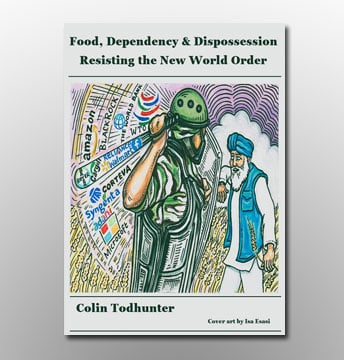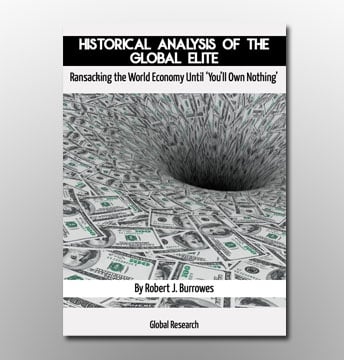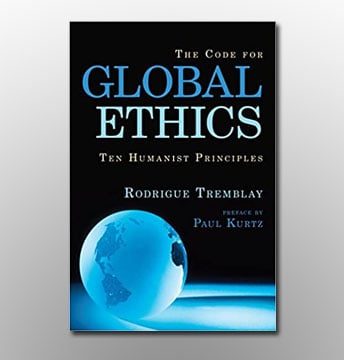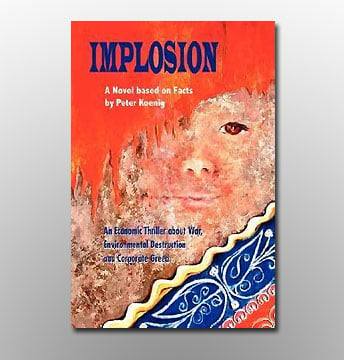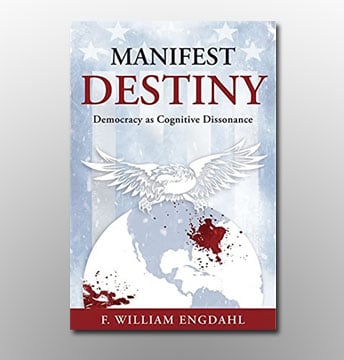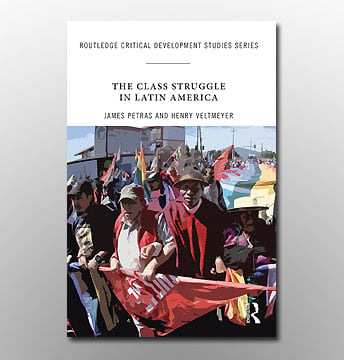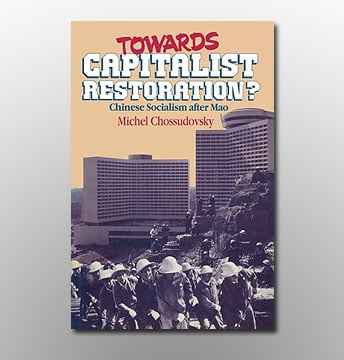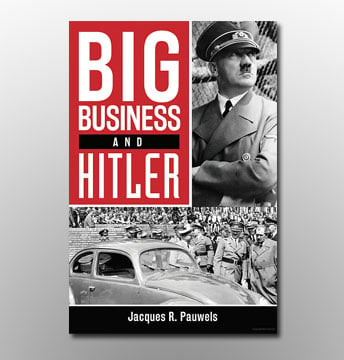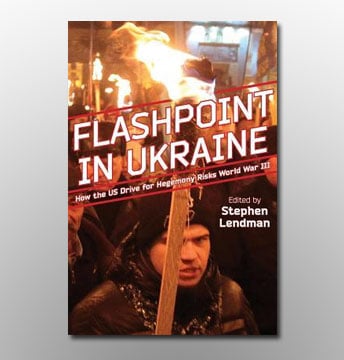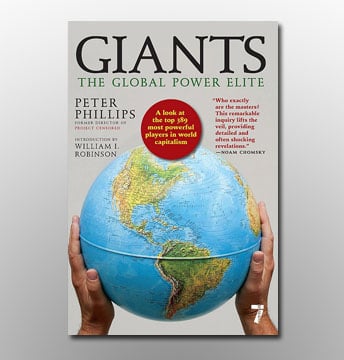Note to readers: please click the share buttons above
Featured image: Vuk Stefanović Karadžić
The article addresses a linguistically based project on Serbian ethnonational identity and a language-based political model for the creation of the Serbian united ethnonational state in the Balkans drafted by the most famous Serbian philologist Vuk Stefanović Karadžić in 1836 and further developed by Serbia’s statesman Ilija Garašanin in 1844. The most significant problem with respect to V. S. Karadžić’s “Срби сви и свуда“ (“Serbs All and Everywhere”) and I. Garašanin’s Начертаније (Outline) – two programmatic works in which the project of resolving the “Serbian Question” was developed in 1836/1844, is their interpretation and understanding of the historiographical traditions of different nations, especially those of Serbian and Croatian historians, philologists and political scientists. It provoked discussion and intellectual friction within the political ideology of the Balkan nations until the destruction of Yugoslavia (1991–1995) and after it.
The cardinal aim of this article is to investigate a linguistic aspect of the ideological framework in making both Serbian national identity and national state- building program created in the first half of the 19th century by two different Serbian writers and public figures – V. S. Karadžić and I. Garašanin. In subsequent decades this “linguistic” framework of national identity became one of the cornerstones of the Serbian national ideology and foreign policy of Serbia. The question of national identity and the creation of a united national state occupied the first place on the agenda in the mind of the leading Serbian intellectuals and politicians in the first half of the 19th century. Imbued by ideas of German Romanticism and the French Revolution, Serbian patriotic public actors set up a goal to create an ideological-political framework for Serbian national liberation from foreign occupation – the Roman Catholic Austrian Empire and the Islamic Ottoman Empire (Sultanate). Therefore, the present work investigates the linguistic model of national identification of the South Slavs designed by V. S. Karadžić in 1836 and the program for the restructuring of the political map of the Balkan Peninsula drafted by I. Garašanin in 1844.
There are three goals of this article:
- To investigate how language influenced Serbian national ideologies in the first half of the 19th-century.
- To discuss how V. S. Karadžić, the most influential Serbian 19th-century philologist, and I. Garašanin, the most important Serbian 19th century politician, answered the fundamental question of Serbian nationalism from the perspective of 19th century Romanticism, i.e., who are the Serbs and what are the borders of a united Serbian national state?
- To define the structure of Serbian linguistic patriotic nationalism in the first half of the 19th century.
The works of both authors belong primarily to the history of South Slavic philology and nationalism, which unfortunately has not been given satisfactory attention by Yugoslav researchers in the last century, mainly because the topic of South Slavic nationalism (including the linguistic one) has been considered as ideologically “destructive” for Yugoslavia’s multiethnic union. Therefore, the studies of nationalism, national determination, and creation of national states, were either partially neglected or given subjective interpretations influenced by prevailing political views.[1] However, the 19thand 20th-century historical development of the South Slavs cannot be properly reconstructed without attempts to investigate objectively the development of South Slavic nationalism, especially the linguistic one. This article is a contribution to these attempts.
Historical Background
This section examines the historical conditions in which the Serbs as a nation lived at the time of V. S. Karadžić and I. Garašanin. In the early and middle part of the 19thcentury, the historical and ethnical Serbian territories were divided between two states, the Austrian Empire and the Ottoman Empire. A greater number of ethnolinguistic Serbs inhabited the Ottoman Empire than the Austrian Empire.
The Serbs in the Ottoman Empire
The Ottoman Empire was the Muslim state governed by ethnic Turks from 1299 to 1923 under the Turkish ruling dynasty of the Ottomans (the Osmans). It was established by the founder of the dynasty Osman I in North-West Anatolia (Asia Minor) but soon expanded by his successors into the whole of Asia Minor and the largest portion of South-East Europe. At its height in around 1600, the Ottoman Empire included North Africa, the Middle East, Asia Minor, almost all of South-East Europe, the southern part of Central Europe, the East Mediterranean islands and Crimea. After the Great Vienna War of 1683−1699 the Ottoman Empire began to decline rapidly and in the 19th century it became known in Europe as the “sick man at the Bosporus”. It eventually collapsed in 1923 after the Greco-Ottoman War of 1919−1923. The “Eastern Question” or the destiny of the European Ottoman possessions entered its final stage with the Serbian Revolution of 1804−1815 and the Greek Wars of Independence in 1821−1829.[2] Nevertheless, the Serbian rebels in 1804−1815 were the first to insist that the “Eastern Question” had to be resolved according to the principle of ethnic rights (or the nationality principle).[3]
The Ottoman possessions on the Balkan Peninsula consisted of several pashaliks, the largest administrative-territorial units in the Ottoman Empire;[4] the most important for future Serbian history was the Belgrade pashalik which was administratively subdivided into twelve nahijas, or districts.[5] The central and principal part of the Belgrade pashalik was the region of Šumadija (“Woodland”), where two insurrections against the Ottoman administration took place from 1804 to 1815; in subsequent years this pashalik became the core of an independent Serbia and later of Yugoslavia.
At the beginning of the 19th century, the Belgrade pashalik was surrounded by the pashaliks of Niš, Leskovac, Novi Pazar, Sjenica and Zvornik, in which the ethnolinguistic Serbs of all denominations comprised an absolute majority. The Serbs also lived in the pashaliks of Herzegovina, Bosnia, and Scodra which did not border directly on the Belgrade pashalik. The Orthodox Christians of the de facto independent (from 1688) Montenegro (Crna Gora) declared themselves to be a part of the Serbian nation as well.[6] Montenegro was only nominally incorporated into the Ottoman administrative system with the governor or pasha, appointed by an Imperial Council, or Divan in Istanbul (Constantinople).[7]
It is important to note that the Serbian population was exclusively Orthodox Slavic in the Belgrade pashalik only, while in all other pashaliks Orthodox Serbs lived together with the South Slavic Muslims, Roman Catholics and Bulgarians, as well as with both Roman Catholic and Muslim ethnic Albanians (the Arbanashes)[8] and the Albanized Serbs in Kosovo-Metochia (the Arnauts).[9]
For the very reason of such ethnographic distribution of the ethnolinguistic Serbs and their mixing with the other ethnolinguistic groups in the Balkans, some historians have considered so-called Serbia proper to consist only of the territory of the Belgrade pashalik.[10] It is estimated that liberated Serbia during the First Insurrection (1804–1813) against the Ottoman authorities had about 500,000 inhabitants.[11] Yugoslav scholars have suggested that in the mid-19th century there were, in the aggregate, approximately 2,000,000 Serbs under the Ottoman administration.[12]
Like the other subordinated Christians within the Muslim Ottoman Empire, the Serbs, according to the Serbian Orthodox Church, the South Slavic Orthodox Christian population who spoke the Štokavian speech/language[13] lived mainly in the villages and the countryside and were occupied with farming and cattle breeding. The Roman Catholic Croats from Bosnia-Herzegovina held the same social status as the Christian Orthodox Serbs.[14] Both the Serbs and the Croats within the Ottoman Empire belonged to the subordinated social strata of extra tax-payers – the raya (serfs).
During the Ottoman occupation, Bosnia-Herzegovina became a symbol of ethnic and religious mixing and co-existence of peoples in South-East Europe (1463−1878). At the beginning of the 19th century, the South Slavic Muslims slightly outnumbered the Christian population in Bosnia-Herzegovina, while the Serbs substantially outnumbered the Croats in the same province.[15] According to French statistical records of 1809, around 700,000 Christians lived in Bosnia-Herzegovina: the Orthodox people were in a majority in West Bosnia and East Herzegovina, while the Roman Catholics were predominate in West Herzegovina.[16] Yugoslav historians estimated that the total population of Bosnia-Herzegovina in 1865 numbered 1,278,850; the Orthodox 593,548, the Catholics 257,920, and the Muslims 419,628.[17]
The privileged administrative, legal and social status of the Muslims in contrast to the Christians became, apart from their religious diversity, the main source of conflicts and animosities among these three national (religious) groups on the territory of the South Slavic lands within the Ottoman Empire. According to Ottoman law and practice, only the Muslims as “Mohamed’s people” could obtain state office and privilege to move freely within the whole territory of the Ottoman Empire. In addition, the Muslims, in contrast to Christians, were not required to pay extra state taxes, like the harach and up to the mid-17th century the most terrible tax – devshirme or “taxation in blood”.[18]
It is evident that faith was the crucial point of political ideology and national determination under the Ottoman Empire.[19] It was specifically religion that linked the Balkan Muslims of South Slavic origin to the Ottoman government, political ideology, and state interests. It was because of their new religion that the South Slavic Muslims were given the disparaging name as the Turks by their Christian compatriots. Undoubtedly, the Islamization of a certain part of the South Slavic population was one of the most remarkable achievements of the Ottoman administration.[20] For instance, the national affiliation in Bosnia-Herzegovina according to the Yugoslav census of 1991 was in percentages: 43,7 Muslims, 31,3 Serbs, 17,3 Croats, 7,0 “Yugoslavs” and others.[21]
The Serbs in the Austrian Empire
The multiethnic and multicultural Austrian Empire (1804−1867) was composed of the territories and peoples from whom the Habsburg emperors in Vienna demanded allegiance to the ex-Habsburg Monarchy. At the time when the Austrian Empire was the biggest Central European state in modern history, it occupied parts of the East and South-East Europe. It was ruled by the house of Habsburgs (originally from Switzerland) which was the most prominent European royal dynasty from the 15th to the 20thcentury. The founder of the dynasty’s power was Rudolf I (1273−1291) who began the family’s rule over Austria. The zenith of the Habsburg dynasty was reached under Charles I in the 16th century. At the beginning of the 19th century emperor Francis I ruled the Austrian Empire which consisted of the Habsburg hereditary lands of Bohemia, Hungary, Croatia and Transylvania in addition to Galicia, Dalmatia, Venetia, and Lombardy. In 1867 the Austrian Empire was transformed into Austria-Hungary or the Dual Monarchy and as such lasted until 1918. The biggest ethnolinguistic groups of the Austrian Empire were the Germans, Hungarians, Czechs, Slovaks, Slovenes, Serbs, Croats, Romanians, Poles, and Italians.[22]
In the first half of the 19th century, a smaller number of Serbs lived in the Habsburg Austrian Empire (Austria-Hungary from 1867). They were settled in a non-military area in Hungary and Croatia-Slavonia and the Military Border region (Figure 2). This region was established on the Habsburg Monarchy’s border with the Ottoman Empire in the mid-16th century and was divided into eleven military regiments. When the Austrian Empire gained the former Venetian lands of Dalmatia and Boka Kotorska[23] at the Congress of Vienna in 1815,[24] the number of the ethnolinguistic Christian Orthodox Serbian residents within the Austrian Empire increased significantly: in 1792 there were 667,247 Serbs in the Habsburg Monarchy, while in 1847 the Serbian population in both civilian areas within Hungary and Croatia-Slavonia and the Military Border region reached 896,902.[25] In 1796 there were 51,071 Orthodox inhabitants, out of 256,000, in Dalmatia which at that time was under Venetian rule.[26] The Serbs in the Habsburg Monarchy and from 1804 the Austrian Empire enjoyed their historical rights based on the privileges given to them by several Habsburg emperors. These privileges permitted them both ecclesiastic and educational autonomy. The exact obligations of the Serbs in the Military Border region were fixed in 1807 during the Napoleonic era.
Within the Habsburg Monarchy, the cultural center for the Serbs before the mid-18thcentury was Vienna. It then shifted to Budapest because of intensified censorship in Vienna, and, in the end, it was transferred to Novi Sad in the early 19th century.[27] The religious life of the Serbs in the Ottoman Empire and the Habsburg Monarchy was concentrated in ancient monasteries and churches. The Serbian Orthodox Church became a leading national institution preserving the national legend and historical memory of Serbia’s medieval statehood and a national language and alphabet of the Serbs. This was of particular importance in such ethnically mixed areas as Bosnia-Herzegovina, Dalmatia, Croatia and Slavonia.[28]
The Serbs were a divided nation not only politically but also from the point of view of church jurisdiction. The Serbs from the Ottoman Empire belonged to the Greek Patriarchate of Constantinople, having lost their autonomous church organization, the Patriarchate of Peć in 1766. At the same time, the Serbs from the Austrian Empire developed their own national autonomous church organization, the Metropolitanate of (Srem’s) Karlovci (1691−1848), which was supervised by the government of the Habsburg Monarchy and from 1804 the Austrian Empire.[29]
The main task of the Serbian Orthodox clergy in both the Ottoman Empire and the Habsburg Monarchy/Austrian Empire was to keep the Serbian (Christian Orthodox) nation from being converted to either Islam or Roman Catholicism. For this purpose, they created a theory according to which only the Christian Orthodox members of the South Slavic community who spoke the Štokavian dialect (i.e., the Serbian language) belonged to the Serbian nation. At the same time, the Serbian clergy proclaimed the Church Slavonic language and Old Cyrillic writing system as the cardinal symbols of the Serbian nationality in addition to the Christian Orthodoxy. The Cyrillic alphabet was of crucial importance to Serbs in the ethnically mixed areas. These letters became a remarkable symbol of their national identity, especially in Bosnia-Herzegovina, Slavonia, Dalmatia, and Croatia.[30]
A Serbian type of the Church Slavonic language was the literary (book) language of medieval Serbia. However, this language had undergone significant changes from the 12th to the 18th century. Liturgical services were performed in such a language, which was designated as the Slavonic-Serbian literary language in the 18th century.[31]
The Slavonic-Serbian literary language was significantly influenced in the 18th century by the Russian redaction of the Church Slavonic language as a result of the impact of the Russian liturgical books which were used by the Serbian Christian Orthodox clergy. The process of bringing together the two types of the Church Slavonic language (the Russian and the Serb) was initiated in 1727, when the Moscow Holy Synod sent a mission to Srem’s Karlovci, the location of the headquarters of the Serbian Orthodox Church in the Habsburg Monarchy. The mission’s main achievement appears to have been the adoption of a Russified version of the Serbian type of Church Slavonic as the literary language of the Austrian Serbs. Therefore, the Serbs from the Habsburg Monarchy and later the Austrian Empire became more and more politically and culturally oriented toward the (Orthodox) Russian Empire and Serbia then toward (Roman Catholic and Protestant) Western Europe. When the mission completed its service in 1737 and went back to Moscow, the Serbian Christian Orthodox clergy maintained the attachment to Russian cultural and church traditions, as the only apparent way to keep the Austrian Serbs from the Germanization, Magyarization, Croatization, and conversion to Roman Catholicism. The cult of the 1389 Kosovo Battle and martyrdom of Serbia’s Prince Lazar Hrebeljanović for both Christendom and Serbdom played the cardinal role in the process of preserving Serbian national identity either in the Ottoman Empire or the Habsburg Monarchy/Austrian Empire.[32]
From the time of the Ottoman occupation of the Serbian people and lands in the 15thcentury, the essence of Serbian political ideology was national liberation and revival of the national (pre-Ottoman) statehood.[33] The national dream of a free and united Serbian state began to be realized at the beginning of the 19th century, with two Serbian insurrections against the Ottoman authorities in 1804–1813 and 1815.[34] The first political plan for the revival of the medieval Serbian state was drafted by Stevan Stratimirović, the Metropolitan of the Metropolitanate of (Srem’s) Karlovci, in 1804.[35]This was followed by a plan in 1808 by Russia’s deputy in Serbia, Konstantin K. Rodofinikin, and Serbia’s Secretary of the State Council, Ivan Jugović.[36]
The Serbian state was de facto re-established in 1815 and adopted its first modern Constitution in 1835.[37] The author of the Constitution, the Austrian Serb Dimitrije Davidović, used as a model the modern liberal-democratic Constitutions of Belgium and Switzerland. For this reason, Davidović’s Constitution of modern Serbia was labeled by the Russian Minister of Exterior as “a French garden in Serbia’s forest”.[38]
Prince Miloš Obrenović I (1815–1839) continued to develop a Serb national ideology of reviving the Serbian statehood, designing a plan to enlarge the ancient state by incorporating into the united Serbia all the lands of the Ottoman Empire that were inhabited by the ethnic Serb majority at that time, particularly Bosnia-Herzegovina, Sanjak (Raška) and Kosovo-Metochia.[39]
To be continued…
*
Dr. Vladislav B. Sotirović is Founder & Editor of POLICRATICUS-Electronic Magazine On Global Politics (www.global-politics.eu). Contact: [email protected]. He is a frequent contributor to Global Research.
Notes
[1] On nationalism, see: Eric J. Hobsbawm, Nations and Nationalism since 1780(Cambridge−New York: Cambridge University Press, 1990); Steven Grosby, Nationalism: A Very Short Introduction (Oxford−New York: Oxford University Press, 2005); Umut Özkirimli, Theories of Nationalism: A Critical Introduction (New York: Palgrave MacMillan, 2010); John Coakley, Nationalism, Ethnicity & the State: Making & Breaking Nations (Los Angeles−London: Sage Publications Ltd, 2012).
[2] On the “Eastern Question”, see: Matthew S. Anderson, The Eastern Question: 1774−1923 (St. Martin’s Press, 1966); Lucien J. Frary and Mara Kozelsky, eds., Russian-Ottoman Borderlands: The Eastern Question Reconsidered (Madison: The University of Wisconsin Press, 2014).
[3] Васиљ Поповић, Источно питање (Београд: Геца Кон, 1928), 119.
[4] On the Ottoman society and state organization, see: Norman Itzkowitz, Ottoman Empire and Islamic Tradition (New York, 1972); Halil Inalçik, The Ottoman Empire: The Classical Age, 1300−1600 (New York, 1973); Lord Kinross, The Ottoman Centuries: The Rise and Fall of the Turkish Empire (New York: Morrow Quill Paperbacks, 1977); Jason Goodwin, Lords of the Horizons: A History of the Ottoman Empire (New York: Picador, 1998); Donald Quataert, The Ottoman Empire 1700−1922 (Cambridge−New York: Cambridge University Press, 2005); Caroline Finkel, Osman’s Dream; The Story of the Ottoman Empire 1300−1923 (New York: Basic Books, 2005); Colin Imber, The Ottoman Empire (New York: Palgrave MacMillan, 2009); William Deans, History of the Ottoman Empire (CreateSpace Independent Publishing Platform, 2014).
[5] For a discussion of the Belgrade pashalik at the eve of the Serbian Revolution, see: Душан Пантелић, Београдски пашалук пред први српски устанак (1794−1804)(Београд: Српска академија наука, 1949).
[6] On ethnic and national identity of the Montenegrins, see: Milisav Glomazić, Etničko i nacionalno biće Crnogoraca (Beograd: TRZ „Panpublik“, 1988).
[7] Leopold Ranke, A History of Servia and the Servian Revolution (New York, 1973), 8; Michael B. Petrovich, A History of Modern Serbia 1804−1918, Vol. 1 (New York−London, 1976), 20.
[8] The Western historiography and media intentionally for the political reasons are calling Kosovo-Metochia’s Arbanashes as the Albanians and at such a way giving moral legitimization to the creation of a Greater Albania. See, for instance: Pierre Pean, Sébastien Fontenelle, Kosovo: Une Guerre “Juste” pour Créer Etat Mafieux (Librairie Arthème Fayard, 2013).
[9] The Arnauts in Kosovo-Metochia were originally ethnolinguistic Serbs who became in the course of time Albanized and Islamized. It is estimated that in 1912 Arnauts comprised around one-third of the total Albanian-speaking population in Kosovo-Metochia. The process of Albanization of the Serbs in Kosovo-Metochia was, according to the relevant historical sources, most intensive in the 19th century. On the Arnauts of Kosovo-Metochia and the process of Albanization of Kosovo-Metochia’s Orthodox Serbs, see: Душан Т. Батаковић, Косово и Метохија: Историја и идеологија (Београд: Чигоја штампа, 2007), 41−52.
[10] In my view, based on the ethnohistorical development of the Serb nation, only Kosovo-Metochia can be identified as the real Serbia proper. On Kosovo-Metochia’s role in Serbia’s and Serbian history, see: Радован Самарџић et al., Косово и Метохија у српској историји (Београд: СКЗ, 1989); Rade Mihaljčić, The Battle of Kosovo in History and in Popular Tradition (Beograd: BIGZ, 1989); Раде Михаљчић, Јунаци косовске легенде (Београд: БИГЗ, 1989); Душан Т. Батаковић, Косово и Метохија: Историја и идеологија (Београд: Чигоја штампа, 2007).
[11] The Serbian Revolution of 1804−1815 had two stages: 1) From the struggle for autonomy within the Ottoman Empire to the creation of the sovereign nation (1804−1807), and 2) From the state independence to the political-national autonomy in the Ottoman Empire (1807−1815): Милорад Екмечић, Дуго кретање између клања и орања. Историја Срба у новом веку (1492−1992) (Београд: Евро-Ђунти, 2010), 127−202.
[12] Ivan Božić, Sima Ćirković, Milorad Ekmečić, Vladimir Dedijer, Istorija Jugoslavije, “Stanovništvo u jugoslovenskim zemljama XIX veka,” (Beograd: Prosveta, 1973), table on page 289.
[13] Nikolaj Velimirović, Religion and Nationality in Serbia (London: BiblioLife, LLC, 1915); Vladislav B. Sotirović, “The Memorandum (1804) by the Karlovci Metropolitan Stevan Stratimirović”, Serbian Studies. Journal of the North American Society for Serbian Studies (Vol. 24, Nos. 1−2, Bloomington, IN, 2012), 27−48.
[14] According to Croatian scholars, the Croats were the South Slavic Roman Catholic population who spoke the Croatian language composed by the western part of the Štokavian dialect, Kajkavian, and Čakavian dialects. On this issue, see more in: Milan Moguš, Povijest hrvatskoga književnoga jezika (Zagreb: Nakladni zavod Globus, 1993); Sima Ćirković, “Religious Factor in Forming of Cultural and National Identity”, Religion & War (Belgrade, 1994); Miro Kačić, Hrvatski i srpski. Zablude i krivotvorine (Zagreb: Zavod za lingvistiku Filozofskoga fakulteta Sveučilišta u Zagrebu, 1995); Mijo Lončarić, Hrvatski jezik (Opole: Uniwersztet Opolski-Instztut Filologii Polskiej, 1998). Compare with: Павле Ивић, О језику некадашњем и садашњем (Београд: БИГЗ−Јединство, 1990); Петар Милосављевић, Срби и њихов језик. Хрестоматија (Приштина: Народна и универзитетска библиотека, 1997); Петар Милосављевић, Српски филолошки програм (Београд: Требник, 2000).
[15] For a discussion on the ethnolinguistic origins of the Muslim population in Bosnia-Herzegovina, see: Иван Вуковић, Истина, Лазо М. Костић, Чија је Босна? (Нови Сад: Добрица књига, 1999); Лазо М. Костић, Наука утврђује народност Б-Х муслимана. Етнографска студија (Србиње−Нови Сад: Добрица књига, 2000).
[16] Владимир Стојанчевић et al., Историја српског народа. Пета књига. Први том. Од Првог устанка до Берлинског конгреса 1804−1878 (Београд: Српска књижевна задруга, 1981), 10−12.
[17] Božić et al., Istorija Jugoslavije, 293.
[18] The practice of devshirme had its literary examination by Ivo Andrić, a Serb from Bosnia-Herzegovina and the only Yugoslav Nobel prize winner (in 1961) for literature for his historical novel The Bridge over Drina (1945): Иво Андрић, На Дрини ћуприја(Београд: Књига-комерц, 1997).
[19] Itzkowitz, Ottoman Empire and Islamic Tradition; Inalçik, The Ottoman Empire: The Classical Age, 1300−1600.
[20] For a discussion of the historical development of the Muslims of Bosnia-Herzegovina, see: Robert J. Donia and John V. A. Fine, Jr., Bosnia and Hercegovina: A Tradition Betrayed (New York: Columbia University Press, 1994); Mark Pinson, ed., TheMuslims of Bosnia–Herzegovina. Their Historic Development from the Middle Ages tothe Dissolution of Yugoslavia (Harvard (USA): Harvard Middle Eastern Monographs XXVIII, 1996).
[21] Tim Judah, The Serbs. History, Myth & the Destruction of Yugoslavia (New Haven−London: Yale University Press, 1997), 317. About national composition of other Yugoslav provinces from 1918 to 1991, ibid., 311–317.
[22] For the history of the Austrian Empire and Habsburg Monarchy, see: Robert A. Kann, A History of the Habsburg Empire, 1526−1918 (Berkeley−Los Angeles: University of California Press, 1974); Alan J. P. Taylor, The Habsburg Monarchy 1809−1918: A History of the Austrian Empire and Austria-Hungary (London−New York: Penguin Books, 1990); Jean Bérenger, A History of the Habsburg Empire 1700−1918(London−New York: Longman, 1997); Benjamin Curtis, The Habsburgs: The History of a Dynasty (London−New York: Bloomsbury Academic, 2013); Sidney Whitman, A Short History of the Austrian Empire From the Earliest Times to 1898 (Didactic Press, 2014); Simon Winder, Danubia: A Personal History of Habsburg Europe (Basingstoke−Oxford: Picador, 2014).
[23] On the history of Venice, see: William H. McNeill, Venice: The Hinge of Europe, 1081−1797 (Chicago−London: The University of Chicago Press, 1986); John J. Norwich, A History of Venice (New York: Vintage Books, 1989); Thomas F. Madden, Venice: A New History (New York: Viking, 2012).
[24] On the Congress of Vienna, see: Mark Jarret, The Congress of Vienna and its legacy: War and Great Power Diplomacy after Napoleon (London−New York: I.B.Tauris, 2014).
[25] On this issue see more in: Ђорђе Николајевић, „Епархија православна у Далмацији“, Српско-далматински магазин (бр. 15, Задар, 1850).
[26] Екмечић, Дуго кретање између клања и орања, 179.
[27] For discussion of the Serbs in the Habsburg Monarchy and the Austrian Empire, see: Алекса Ивић, Историја Срба у Војводини (Нови Сад, 1929); Душан Ј. Поповић, Срби у Војводини (Нови Сад: Матица српска, 1990); Славко Гавриловић, Срби у Хабсбуршкој Монархији (1792−1849) (Нови Сад: Матица српска, 1994); Василије Ђ. Крестић, Историја Срба у Хрватској и Славонији 1848−1914 (Београд, 1995); Лазо М. Костић, Српска Војводина и њене мањине (Нови Сад: Добрица књига, 1999); Дејан Микавица, Српска Војводина у Хабзбуршкој Монархији 1690−1920. Историја идеје о држави и аутономији пречанских Срба (Нови Сад: 2005); Радослав И. Чубрило et al., Српска Крајина (Београд: Матић, 2011).
[28] Those ethnically mixed territories have been and are the cardinal cause of the interethnic conflicts between the Serbs and Croats: Лазо М. Костић, Спорнетериторије Срба и Хрвата (Београд: Досије, 1990). Especially it was a case with the ex-Austrian Military Border.
[29] On the Serbian Orthodox Church in the Habsburg Monarchy and the Austrian Empire, see: Радослав Грујић, „Автокефалност Карловачке митрополије“, Гласник историјског друштва у Новом Саду (II/3, Нови Сад, 1929), 365−379.
[30] On the importance of the Cyrillic script and the Serbian language for the Serb national identity in historical perspective, see: Лазо М. Костић, Ћирилица и Српство/О српском језику/Вук и Немци (Нови Сад: Добрица књига, 1999).
[31] Alexander Albin, “The Creation of the Slaveno-Serbski Literary Language”, The Slavonic and East European Review (XLVIII/113), 483−492.
[32] On the issue of the legend of the Kosovo Battle of 1389, see: Раде Михаљчић, Јунаци Косовске легенде (Београд: БИГЗ, 1989). On the history of the Serbs in the late Middle Ages, see: Јованка Калић, Срби у позном средњем веку. Друго издање(Београд: ЈП Службени лист СРЈ, 2001).
[33] For a discussion of the historical development of modern political thought among the Serbs, see: Чубриловић, Историја политичке мисли у Србији XIX века; Симеуновић, Из ризнице отаџбинских идеја.
[34] On this issue, see: Мирослав Р. Ђорђевић, Србија у устанку 1804−1813 (Београд: Рад, 1979); Радош Љушић, Вожд Карађорђе, 1 (Смедеревска Паланка: ИнвестЕкспорт, 1993); Радош Љушић, Вожд Карађорђе, 2 (Београд−Горњи Милановац: Војна књига, 1995).
[35] On this issue, see: Vladislav B. Sotirović on the Memorandum (1804) by the Karlovci Metropolitan Stevan Stratimirović (Oriental Review, 2018)
[36] Meriage P. Lawrence, “The First Serbian Uprising (1804−1813): National Revival or a Search for Regional Security”, Canadian Review of Studies in Nationalism (4/1, 1976), 187−205.
[37] Serbia as an independent state was officially recognized by Europe in 1878 at the Berlin Congress. On political history of Serbia from 1804 to 1813, see: Мирослав Ђорђевић, Политичка историја Србије XIX и XX века. Књига прва (1804−1813)(Београд: Просвета, 1956).
[38] On this issue, see: Михаило Гавриловић, Из нове српске историје (Београд: Уједињење А.Д., 1926); Владимир Стојанчевић, Милош Обреновић и његово доба(Београд: Завод за уџбенике и наставна средства, 1990), 270−280.
[39] For details, see: Владимир Стојанчевић, „Кнез Милош према Порти и народним покретима у Турској 1828−29“, Зборник историјског музеја Србије (6, Београд, 1969). On the Principality of Serbia at the time of Prince Miloš Obrenović I, see: Радош Љушић, Кнежевина Србија (1830−1839) (Београд: САНУ, 1986).














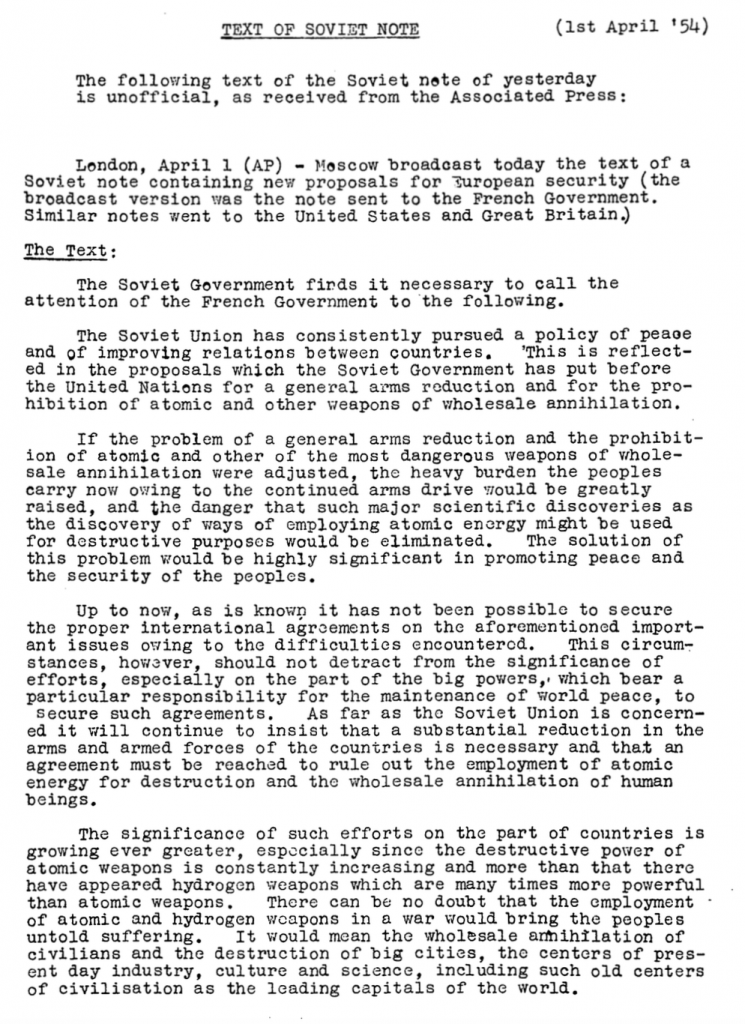
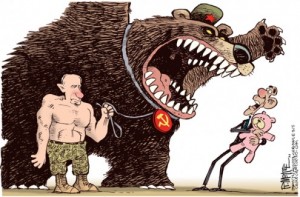

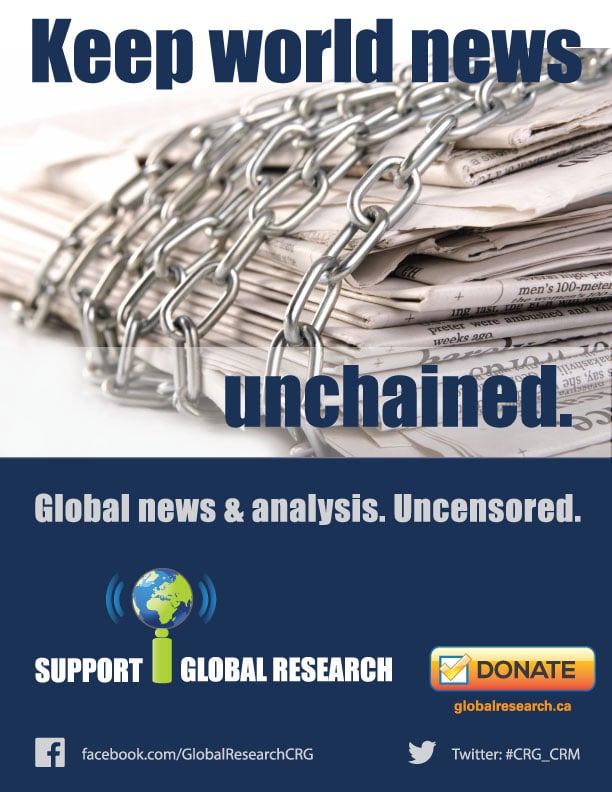

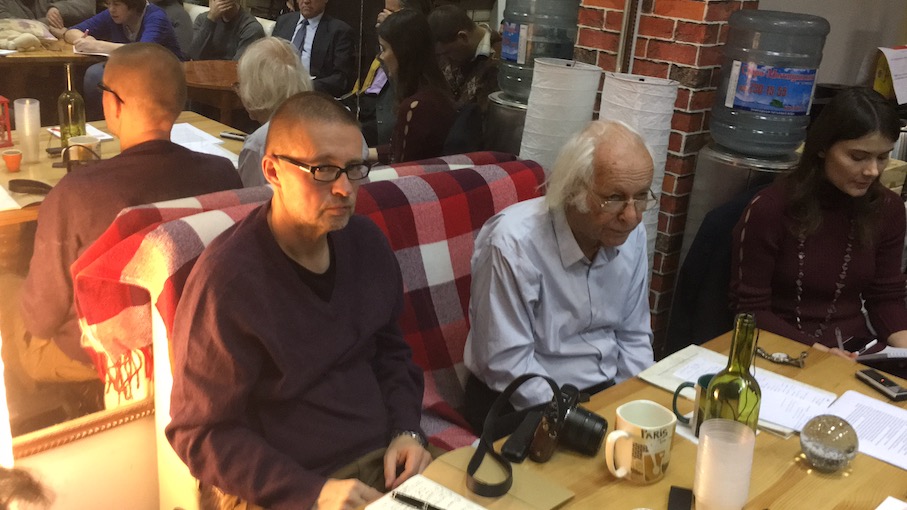
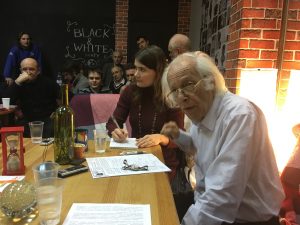
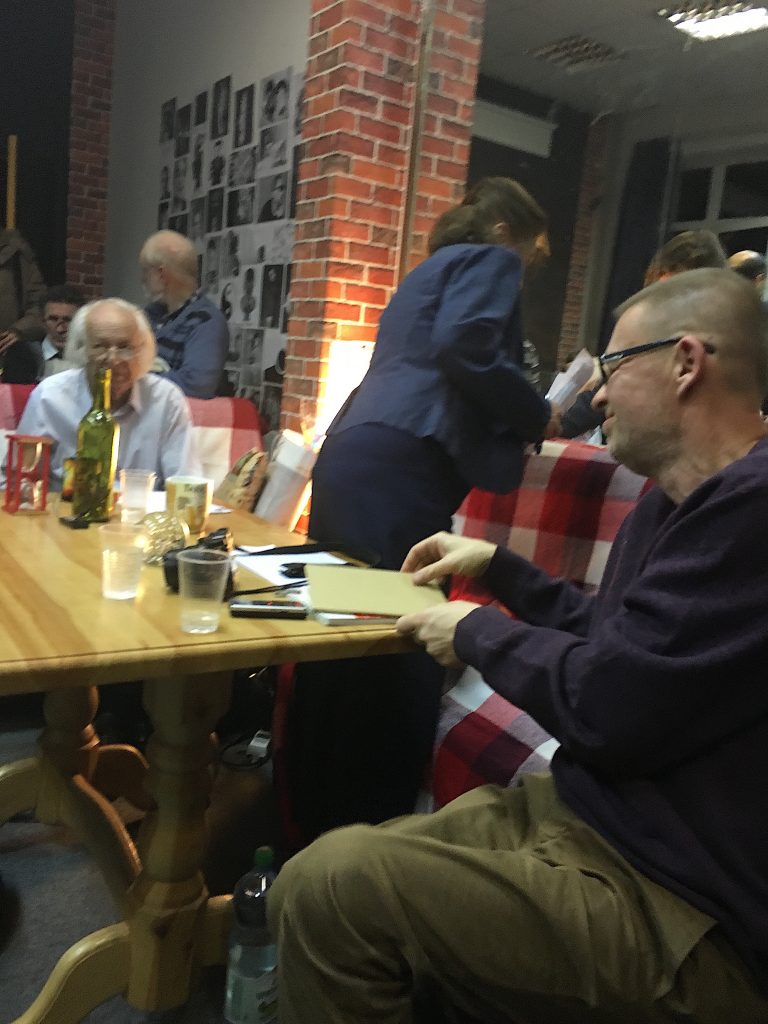
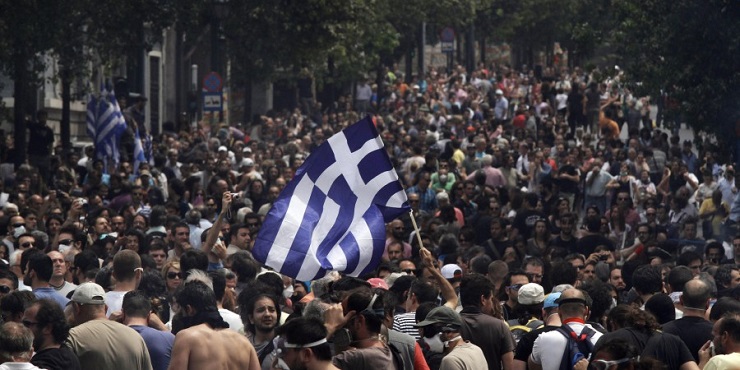
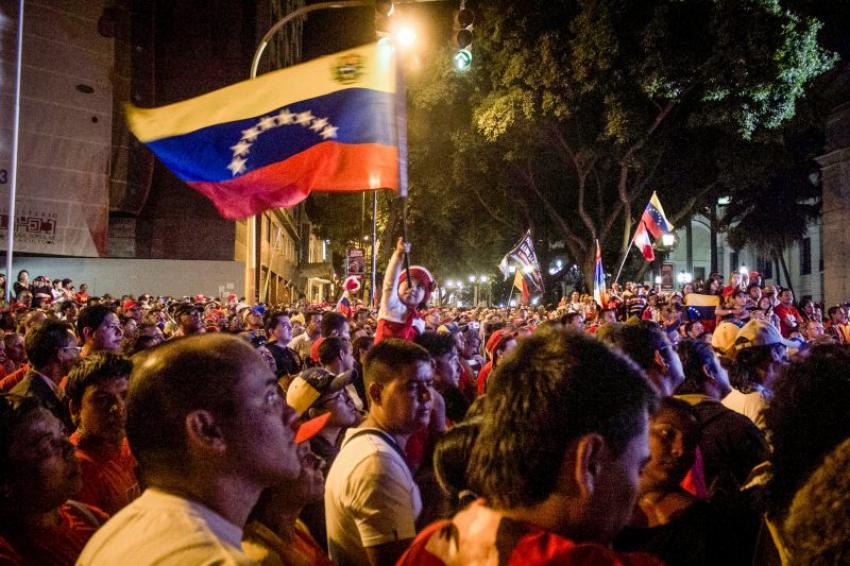
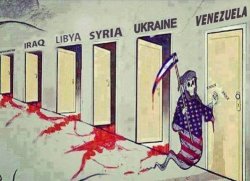
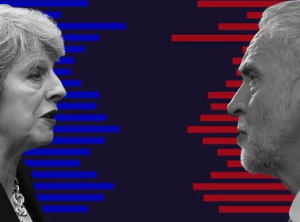
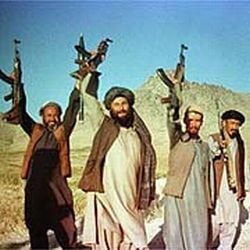
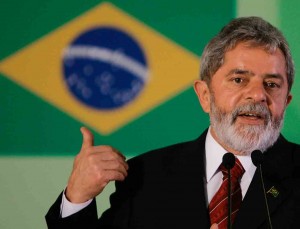
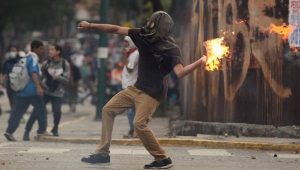

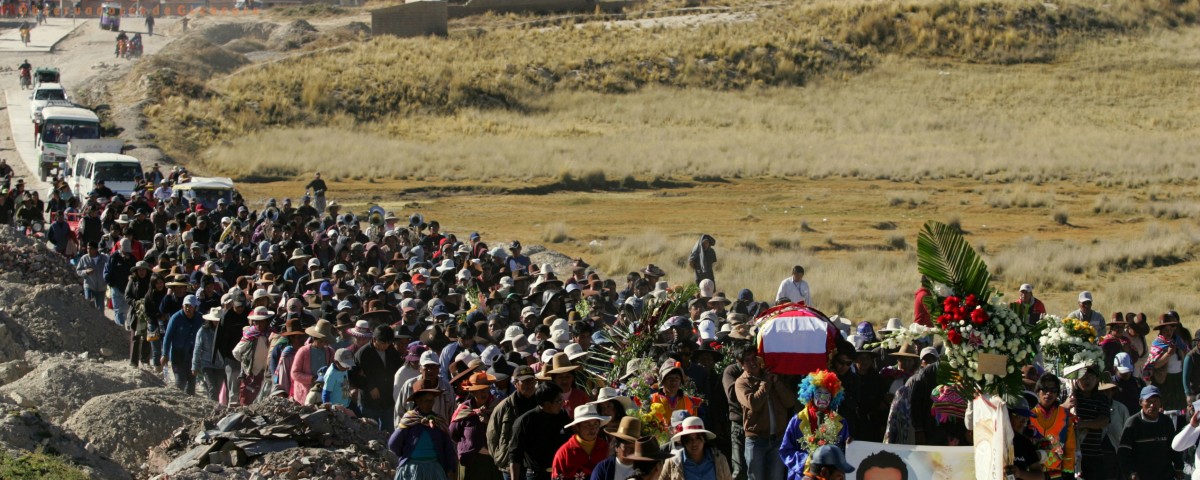
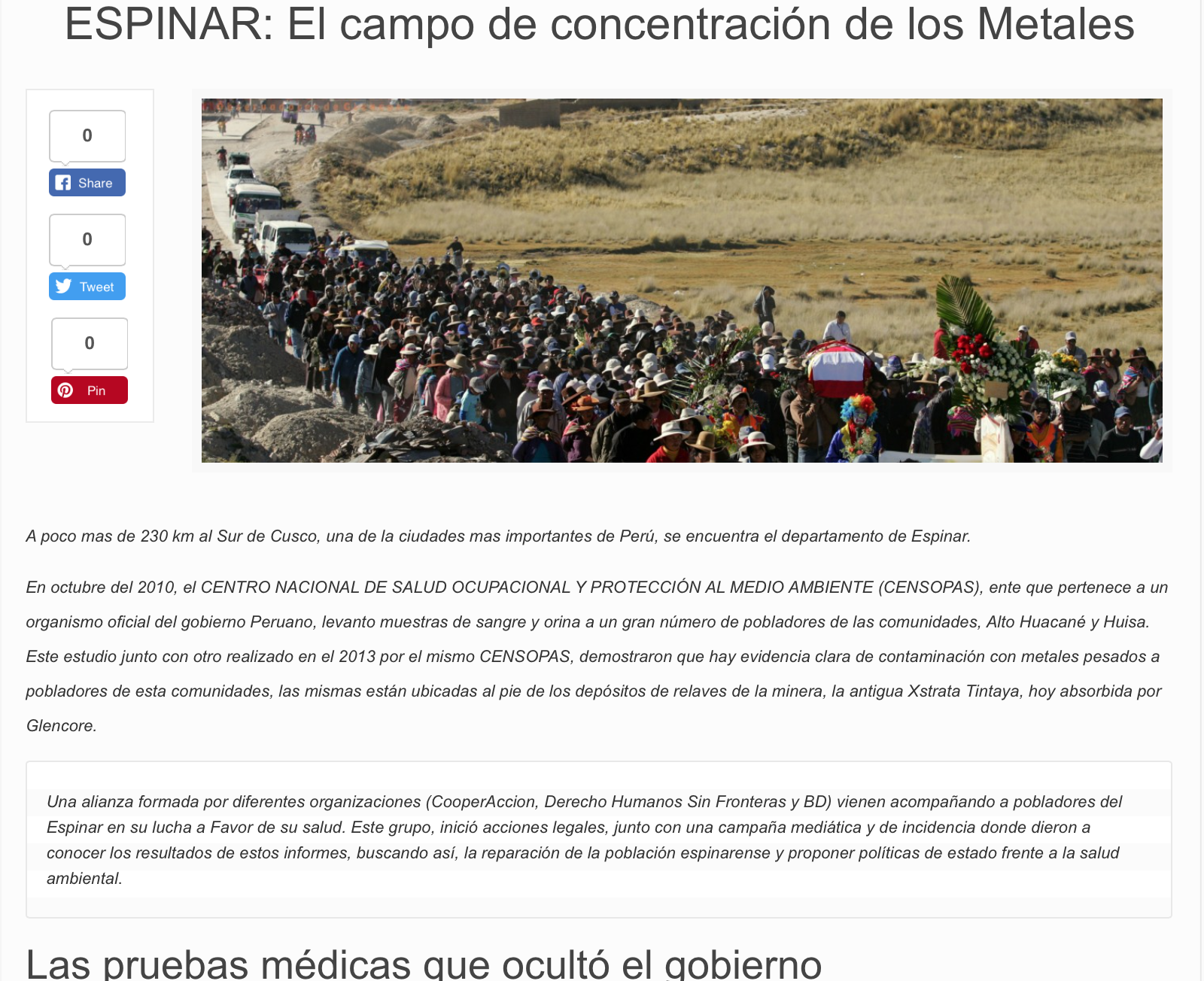
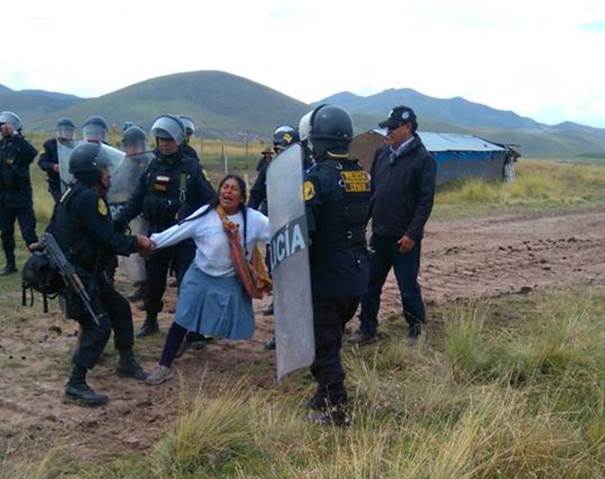

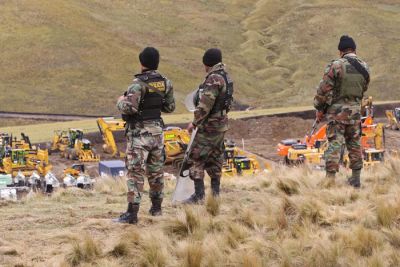
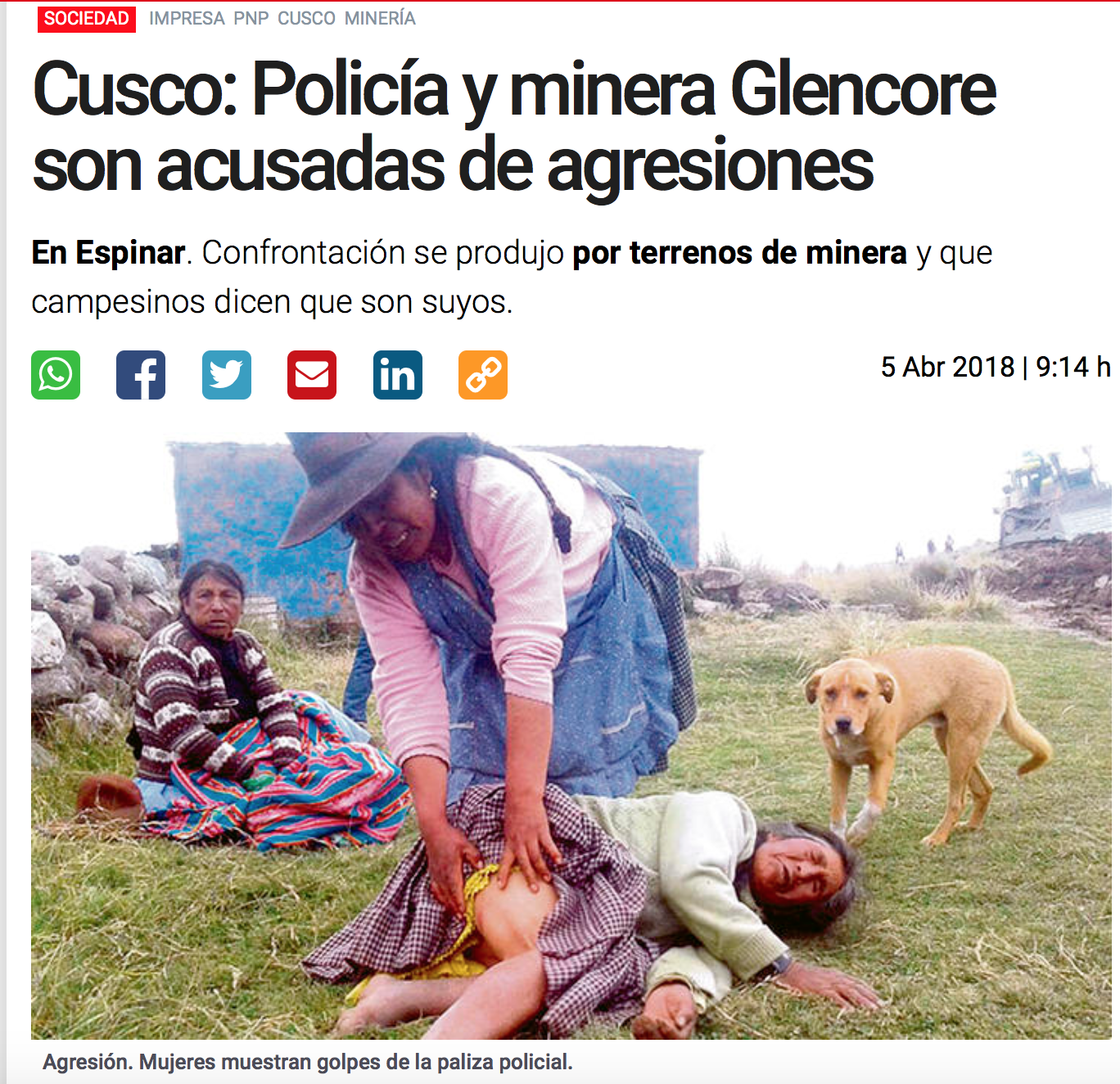


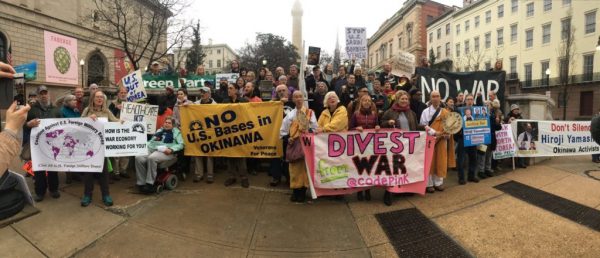

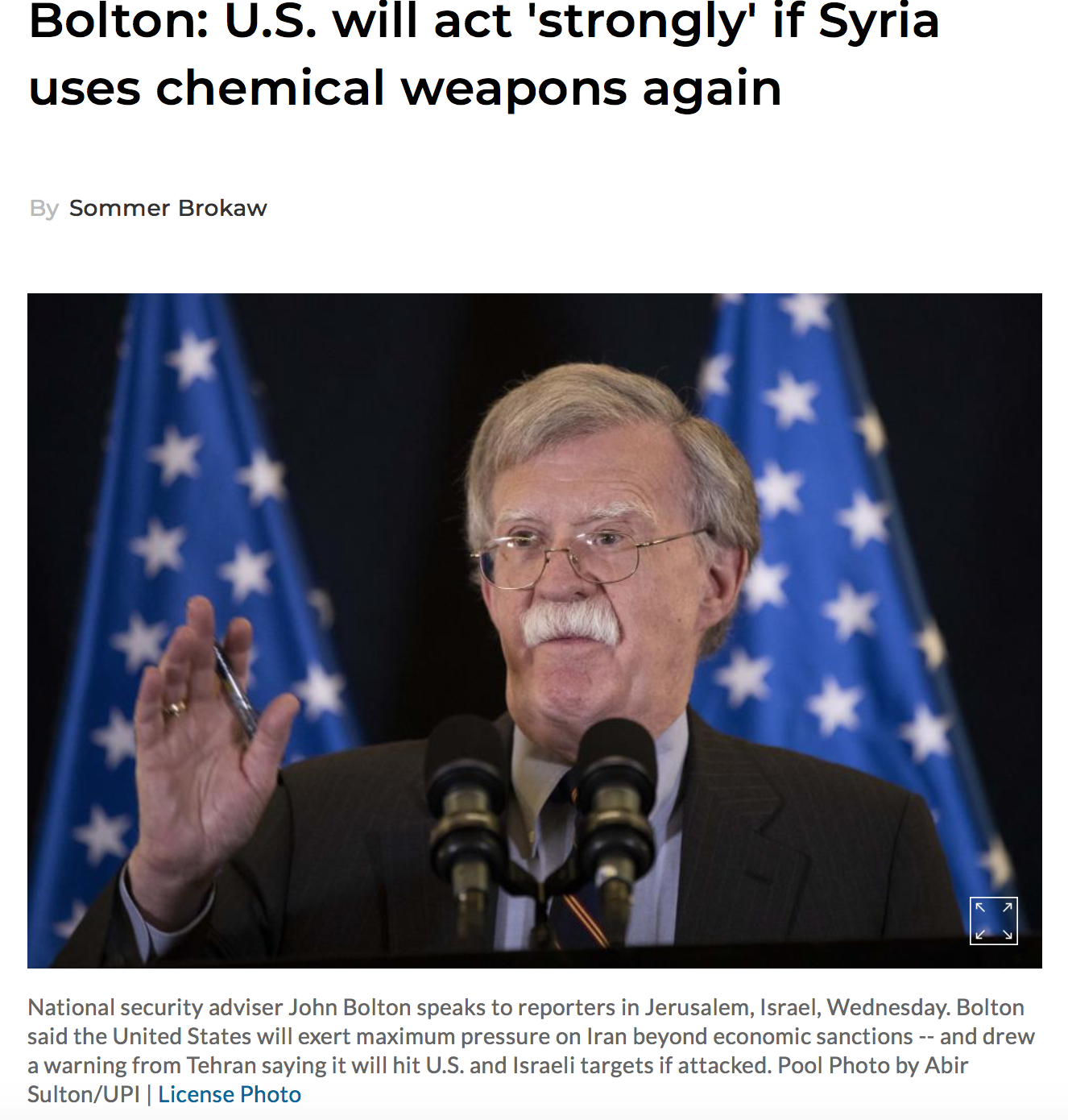
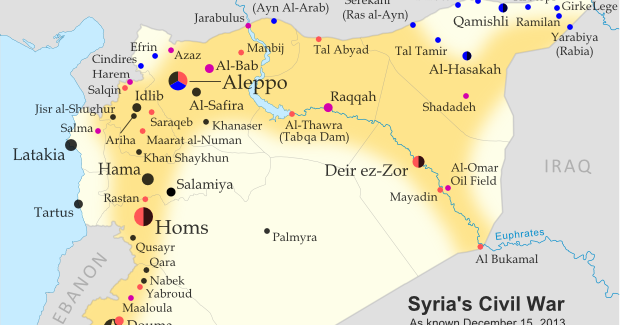
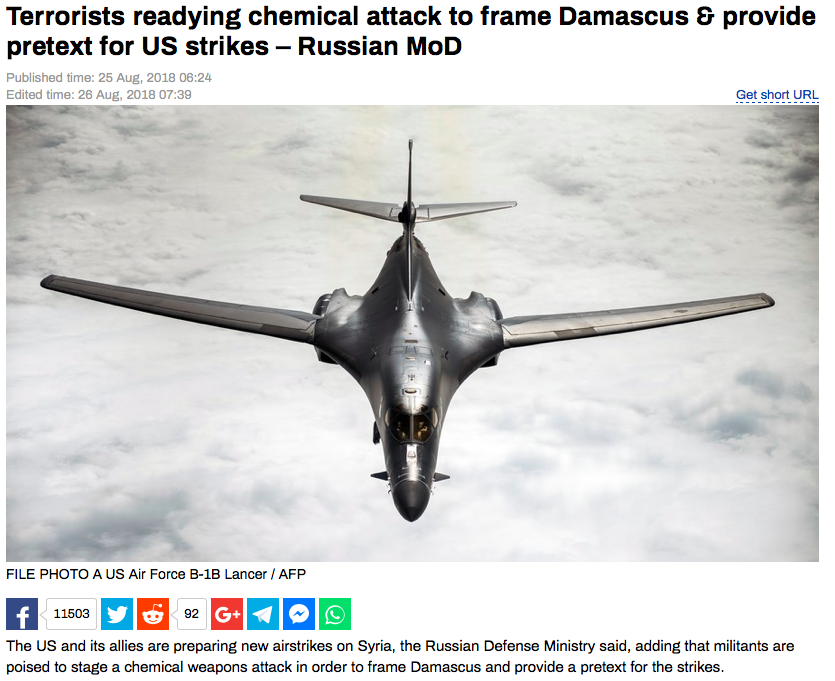

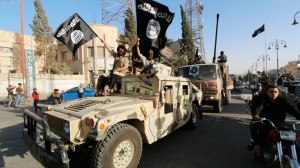








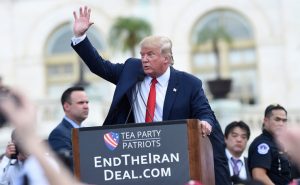
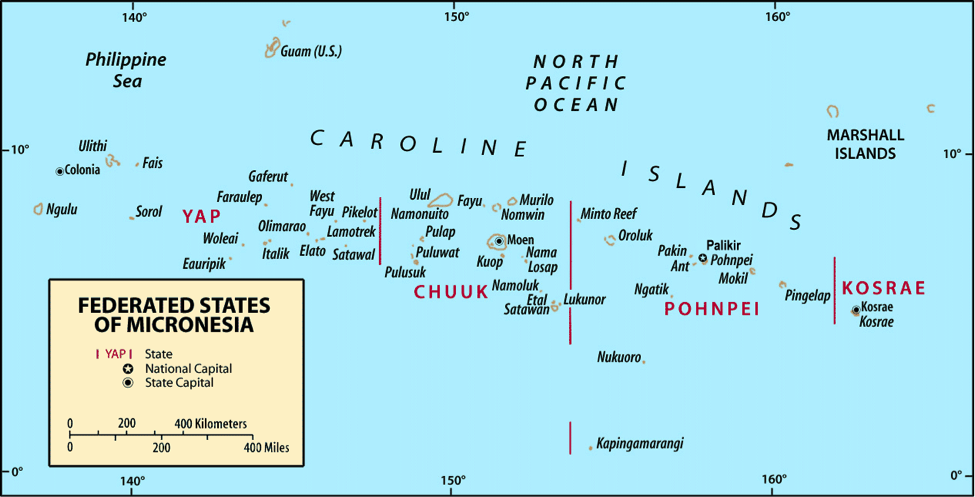

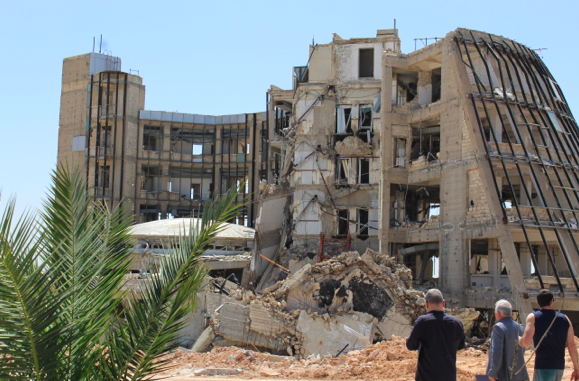
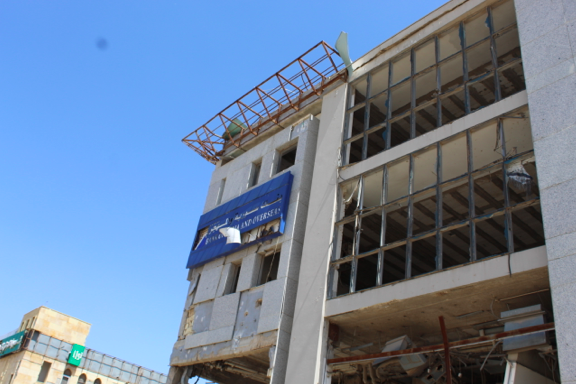

![A Palestinian man can be seen demolishing his home on his wedding day after he was forced to do so by Israeli forces [Quds TV/Twitter]](https://i1.wp.com/www.middleeastmonitor.com/wp-content/uploads/2018/08/Israel-forces-Palestinian-to-demolish-his-home-on-his-wedding-dayDk-E7qaXcAIhzuL.jpg?resize=1200%2C800&quality=75&strip=all&ssl=1)

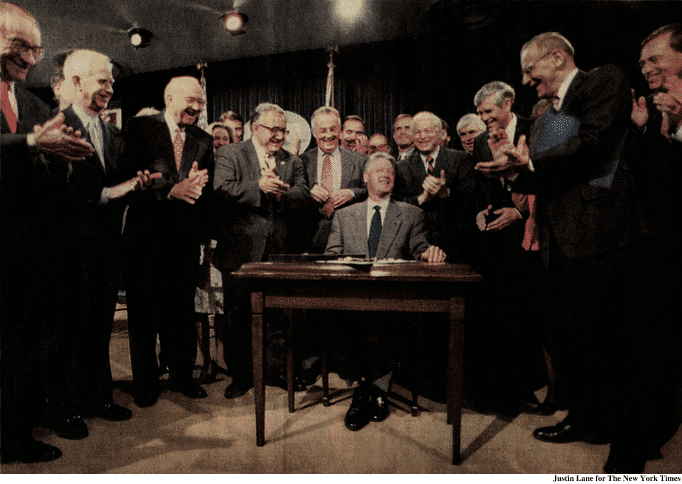
 Larry Summers (left) and Timothy Geithner
Larry Summers (left) and Timothy Geithner
